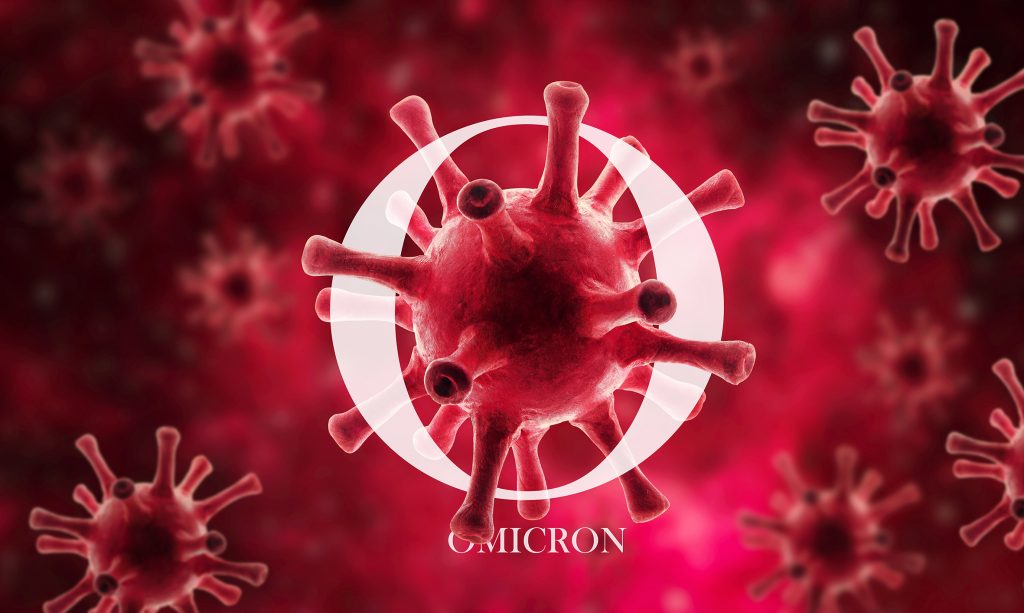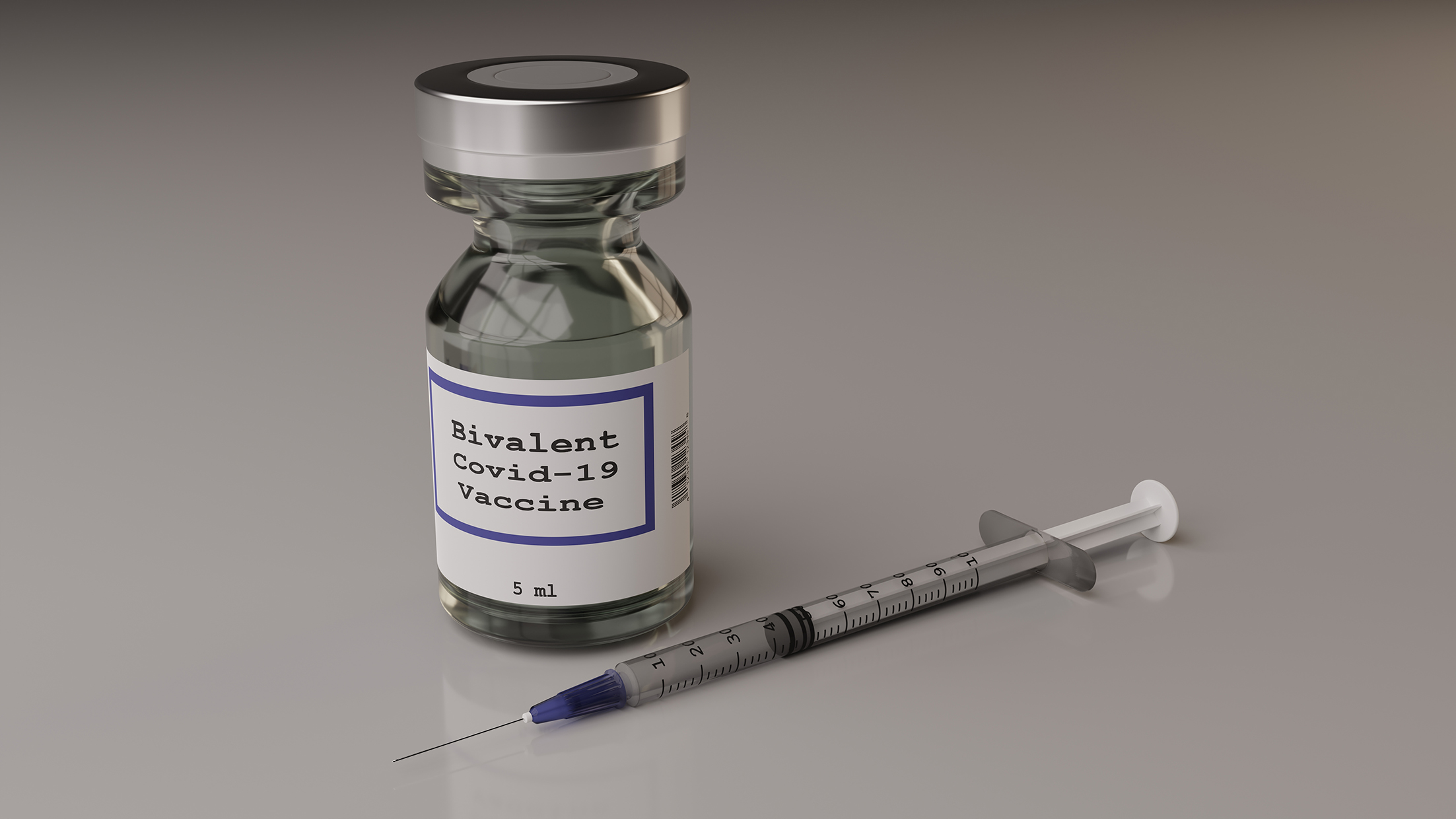Immune evasion properties of SARS-CoV-2 Omicron BQ and XBB subvariants – a potential global threat

The COVID-19 pandemic remains a significant global concern owing to the emergence of the Omicron variants and its descendant subvariants.1,2,3 Evidence suggests that the increasing prevalence and rapidly expanding spike (‘S’) mutations of the currently circulating subvariants BQ.1, and BQ.1.1 (evolved from Omicron BA.5) and XBB and XBB.1 (recombinants of Omicron BA.2, BJ.1 and BA.2.75 sub-lineages) are potential threats to the efficacy of current COVID-19 vaccines and monoclonal antibody (mAb) therapies.
Most recently, Wang Q and colleagues4 conducted a study to evaluate the neutralization potential of XBB, XBB.1, BQ.1, and BQ.1.1, using sera from five different clinical cohorts. The first two cohorts were composed of individuals who received either three or four doses of an original COVID-19 mRNA vaccine, referred to as ‘3 shots wild type [WT]’ or ‘4 shots WT’, respectively.4 The third cohort included recipients of three doses of an original COVID-19 mRNA vaccine plus a fourth booster dose of a recently authorized bivalent mRNA vaccine (‘3 shots WT + bivalent’).4 The remaining two cohorts comprised of patients who suffered BA.2 and BA.4 or BA.5 breakthrough infections post-vaccination (referred to as ‘BA.2 breakthrough’ and ‘BA.4/5 breakthrough’, respectively).4
The populated serum neutralization data was used to build an antigenic map that exhibited the antigenic distances among D614G (ancestral strain), the wildtype SARS-CoV-2 variant, and the Omicron subvariants.4 Additionally, the research team constructed pseudoviruses corresponding to each subvariant and individual mutations found in the subvariants. This step enabled researchers to understand the types of serum antibodies that lost neutralizing activity against BQ.1, BQ.1.1, XBB and XBB.1.4 The results were further analyzed against a panel of 23 mAbs targeting SARS-CoV-2 ‘S’ epitopes, to elucidate the preventative or therapeutic effectiveness of mAbs against newer subvariants. The panel comprised of mAbs that previously exhibited substantial neutralizing activity against Omicron, namely bebtelovimab and tixagevimab + cilgavimab (a therapeutic combination of COV2-2196 and COV2-2130 mAbs).4
Key findings of the study included:4
- In the ‘3 shots WT’ cohort, serum neutralization titers against XBB, XBB.1, and BQ.1, BQ.1.1 were found to be markedly lower in comparison with the ancestral strain, D614G, with demonstrated reductions of >37-fold to >71-fold.
- In contrast, the geometric mean neutralization titers of sera from the ‘BA.2 breakthrough’ and ‘BA.4/5 breakthrough’ cohorts were noticeably higher, indicating that SARS-CoV-2 breakthrough infection may be associated with a greater antibody response versus COVID-19 vaccination alone.
- Although detectable titers against BA.2 and BA.4/5 were observed for all sera, the majority of the samples did not neutralize the new subvariants at the lowest dilution (1:100) of serum tested.
- Upon analysis of the antigenic map, BQ.1.1 was found to have antigenically ‘drifted away’ from its parental strain BA.4/5, as much as the latter has drifted from the ancestral D614G.
- Each unit of antigenic drift corresponded to a two-fold difference in ‘serum neutralization susceptibility’ of a SARS-CoV-2 variant.
- BQ.1.1 was ~6-fold more resistant to serum neutralization than its predecessor BA.5.
- XBB.1, antigenically the most distinct Omicron subvariant, demonstrated ~63-fold greater resistance to neutralization than its parent strain.
- Upon interpretation of the mAbs-related neutralization data, both bebtelovimab and tixagevimab + cilgavimab were found to be inactive against BQ.1 or BQ.1.1.
- Interestingly, the BQ and XBB sub-lineages were found to have evolved with additional mutations so as to enhance their antibody evasion properties.
- BQ subvariants were seen to be predominantly pan-resistant to mAbs targeting the receptor-binding domain (RBD) class 1 (owing to an N460K mutation) and class 3 (owing to R346T and K444T mutations).
- The presence of an additional R346T mutation enabled BQ.1.1 to strongly evade RBD class 3 mAbs compared with BQ.1.
The outcomes of the aforementioned study indicated that both COVID-19 mRNA vaccines (irrespective of the patient’s history of prior SARS-CoV-2 infections) and booster doses of novel bivalent (WA1-BA.5) mRNA vaccines were unable to confer protection against any of the studied Omicron XB and BQ subvariants.4 Furthermore, the extensive antigenic drift exhibited by the Omicron subvariants have raised significant concerns in the context of their antibody evasion properties.4
Thereby, the authors emphasized that the newly emerged Omicron BQ and XB subvariants may compromise the efficacy of COVID-19 vaccines that are currently available, with the potential to cause a surge in SARS-CoV-2 breakthrough and re-infections.4 Additionally, the resistance of BQ and XBB sub-lineages against bebtelovimab may pose a potential threat to COVID-19 therapeutic care, particularly when treating immunocompromised patients. Overall, the findings outlined the importance of ongoing development of vaccines and mAb therapies that can better combat the evolving antigenic trajectory of SARS-CoV-2.4
References
- Liu L, et al. Nature 2022;602:676–681.
- Iketani S, et al. Nature 2022;604:553–556.
- Cao Y, et al. Nature 2022;608:593–602.
- Wang Q, et al. Cell 2022; S0092-8674(22)01531-8.









